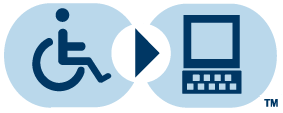-
個人・患者様 (「Enter」または「Space」を押してランディングページに移動するか、「Down」を押してメニューを展開してください)
-
個人・患者様
-
-
プロバイダー (「Enter」または「Space」を押してランディングページに移動するか、「Down」を押してメニューを展開してください)
-
-
医療システム・組織 (「Enter」または「Space」を押してランディングページに移動するか、「Down」を押してメニューを展開してください)
-
医療システム・組織
-
-
Biopharma (「Enter」または「Space」を押してランディングページに移動するか、「Down」を押してメニューを展開してください)
所在地を検索
営業時間、予約なし診療およびご予約。

